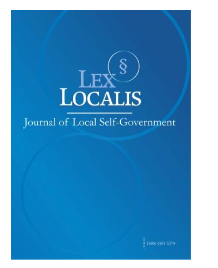INVESTIGATING CYBERCRIMES COMMITTED IN THE FINANCIAL SECTOR: PROCEDURAL STANDARDS, DIGITAL FORENSICS AND INTERNATIONAL COOPERATION
DOI:
https://doi.org/10.52152/Keywords:
cybercrime, financial sphere, economy, procedural standards, investigation, evidence, digital forensics, electronic evidence, international cooperation.Abstract
The article proposes an integrated model for investigating cybercrimes in the financial sector, which provides procedural standards for the admissibility of electronic evidence, a digital forensics methodology, and tools for international interaction with banks, payment providers, and VASPs. Against the backdrop of the rapid digitalization of financial services and the emergence of cryptoassets, key challenges are identified: cross-border, anonymization, jurisdictional fragmentation, encryption, and volatility of payment and operational logs. The developed matrix «stage - procedural tool - financial action - risk of inadmissibility» formalizes the SOP procedures for collecting, storing, verifying, and transferring e-evidence, including hash identifiers, audit logs, and blockchain trace artifacts. It is shown how the principles of proportionality and minimization of intervention balance the needs of criminal prosecution with human rights guarantees and banking secrecy in transnational inquiries. Special attention is paid to public-private interaction and accelerated channels of data storage/access, which increase the chances of prompt asset freezing and evidentiary stability in court. The proposed practical protocols reduce response time, reduce the risks of challenging the methods and contribute to the approximation of national practice to international standards of cooperation in financial investigations. The results are useful for investigators, expert institutions and courts working with evidence of the movement of funds and crypto-assets in many jurisdictional proceedings.
Downloads
Published
Issue
Section
License
Copyright (c) 2025 Lex localis - Journal of Local Self-Government

This work is licensed under a Creative Commons Attribution-NonCommercial-NoDerivatives 4.0 International License.








